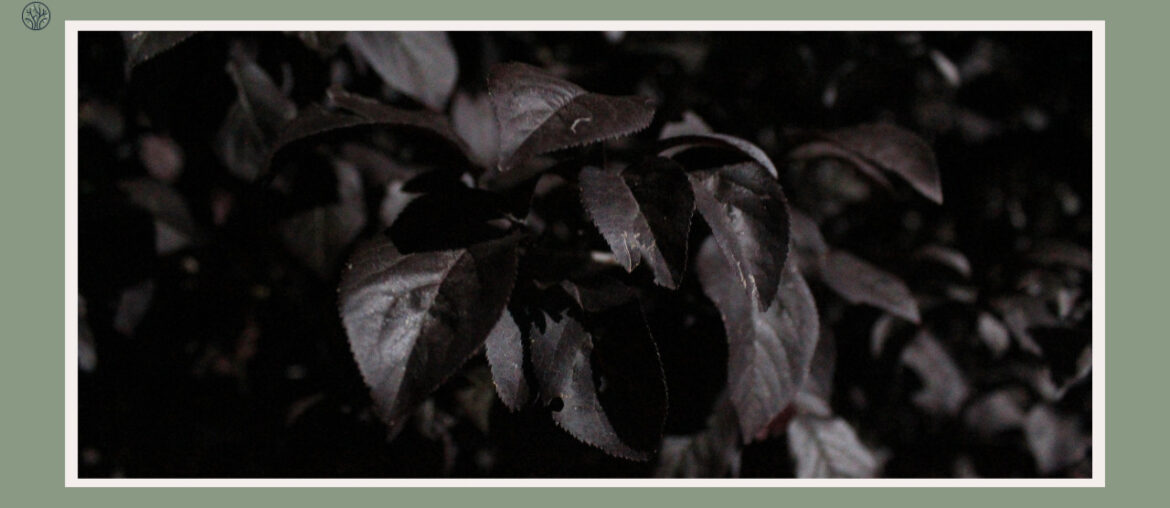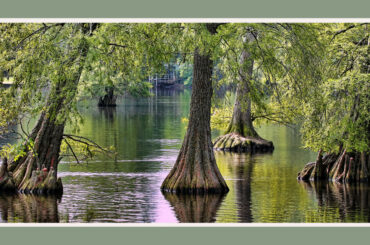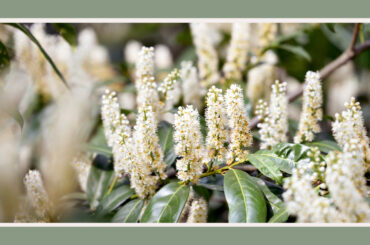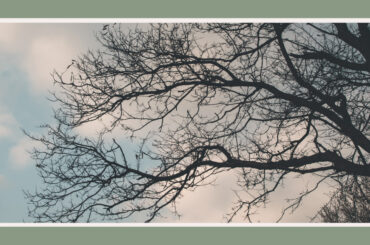While black leaves often signal trouble, they’re not always a cause for concern.
Believe it or not, some trees naturally produce dark, almost black foliage—and they’re perfectly healthy. But how can you distinguish between naturally dark leaves and those signaling a problem?
In this comprehensive guide, we’ll introduce you to a variety of trees with black leaves. We’ll also go into the reasons why some trees might develop black leaves due to health issues.
Crimson King
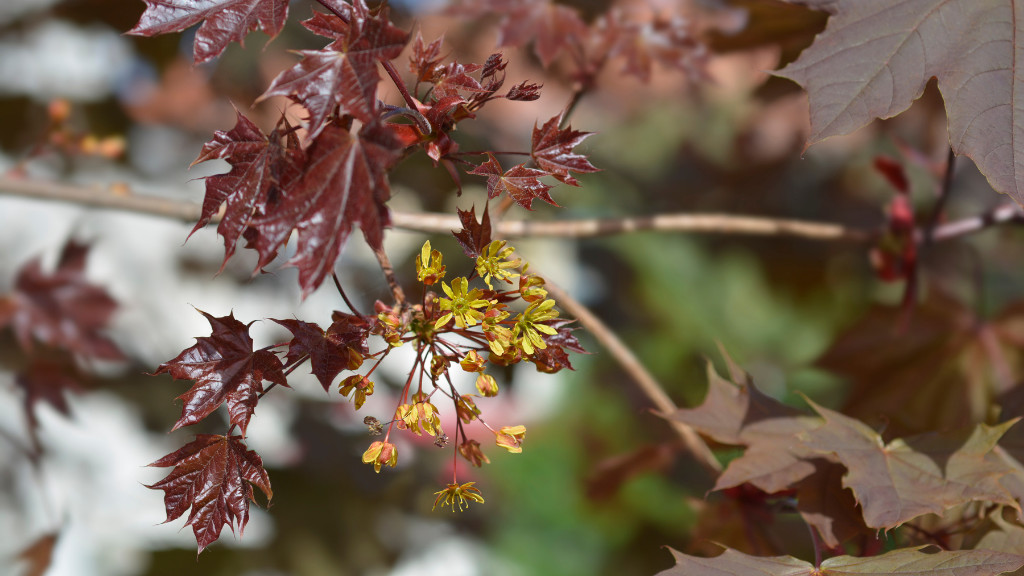
- Species Information: The Crimson King is a cultivar of the Norway Maple, scientifically known as Acer platanoides var. “Crimson King.”
- Growing Conditions: Thrives in USDA zones 3 to 7. Prefers well-draining soils, ranging from mildly acidic to mildly alkaline.
- Appearance: Known for its dark purple-black leaves, this tree can grow up to 35 to 45 feet in height.
- Common Pests: Watch out for tent caterpillars, gypsy moths, and cankerworms.
- Environmental Concerns: This tree is considered invasive in many regions. Consult local environmental agencies before planting.
The Crimson King is a majestic tree that adds a dramatic flair to any garden. While it does not have the biggest leaves, its dark leaves sure know how to make the tree stand out. However, it’s essential to be aware of its invasive nature. Always check local guidelines before introducing this tree to your garden.
Crape Myrtle
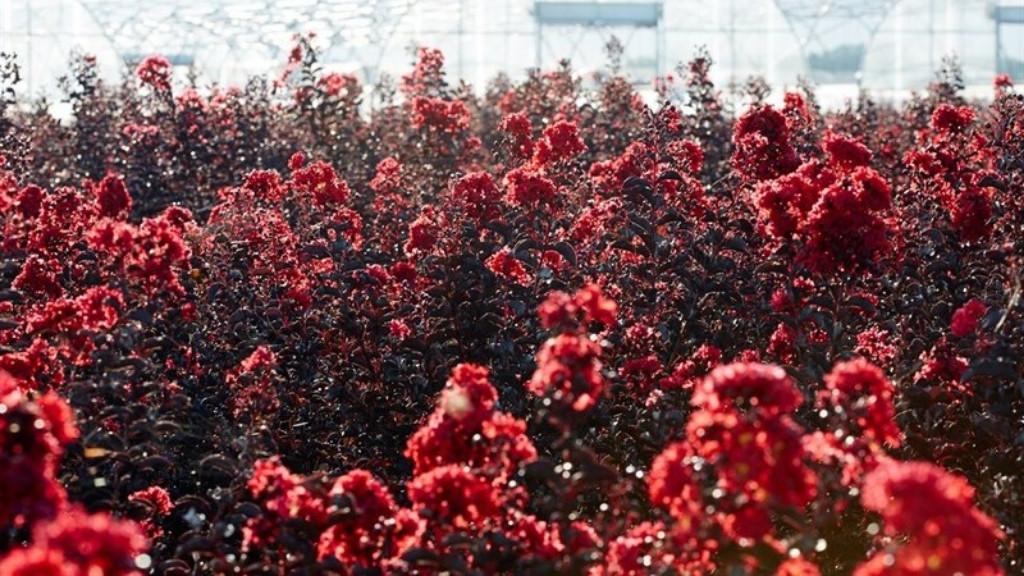
- Species Information: Crape Myrtle belongs to the Lagerstroemia indica species.
- Growing Conditions: Best suited for USDA zones 6 to 9. Prefers moist, well-draining neutral soils.
- Appearance: The leaves appear almost black but are deep dark purple upon closer inspection. The tree can reach heights of 6 to 25 feet.
- Common Pests: Aphids and Japanese beetles are common pests for this tree.
- Adaptability: Highly adaptive and can thrive in almost any area, making it a versatile choice for gardens.
Crape Myrtle’s leaves have a rich deep green with a touch of purple, making it a standout even among other colorful trees. But the real magic happens in the fall. That’s when the leaves change into a mix of red, orange, and yellow, giving you a whole new look to enjoy.
And the Crape Myrtle that produces black leaves? It’s called ‘Ebony Flame,’ and it’s got deep purple-black leaves. If you’re looking to add a dramatic flair to your garden or landscape, this tree is a great choice.
Black Cherry Plum
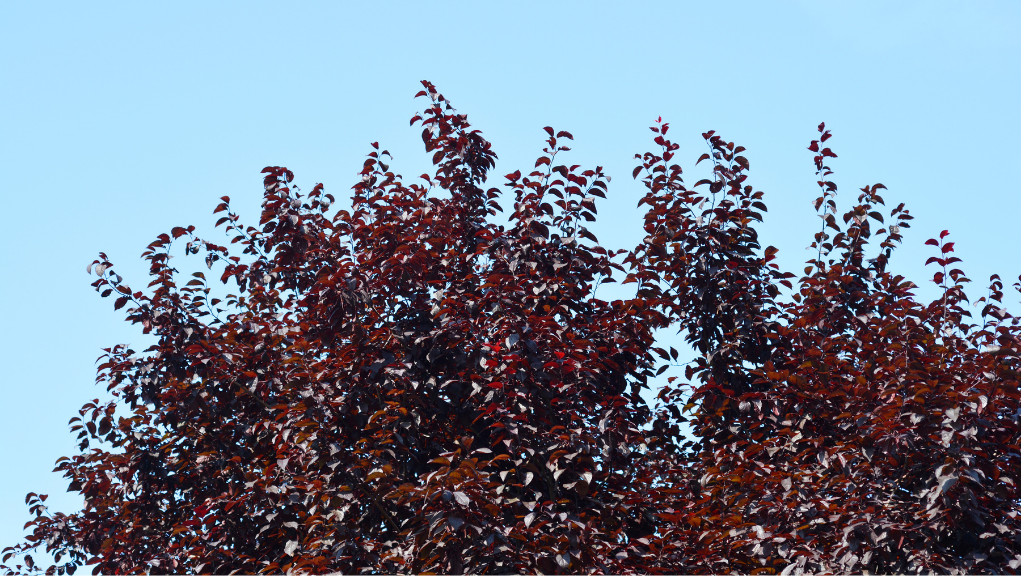
- Species Information: Known scientifically as Prunus cerasifera ‘Nigra.’
- Growing Conditions: Thrives in USDA zones 4 to 9. Prefers well-draining, moderately fertile soil.
- Appearance: Features dark purple to almost black leaves. The tree can grow up to 15 to 25 feet in height.
- Common Pests: Aphids, scale insects, and borers are common issues.
- Associated Issues: The tree is generally not invasive but can be susceptible to diseases like leaf spot and canker.
The Black Cherry Plum is a small to medium-sized tree that offers a stunning contrast to any garden with its dark foliage. This tree is not just about looks; it also produces small, edible fruits that are a hit with birds. While it’s generally easy to care for, it’s essential to keep an eye out for common pests and diseases that can affect its health.
Black Lace Elderberry
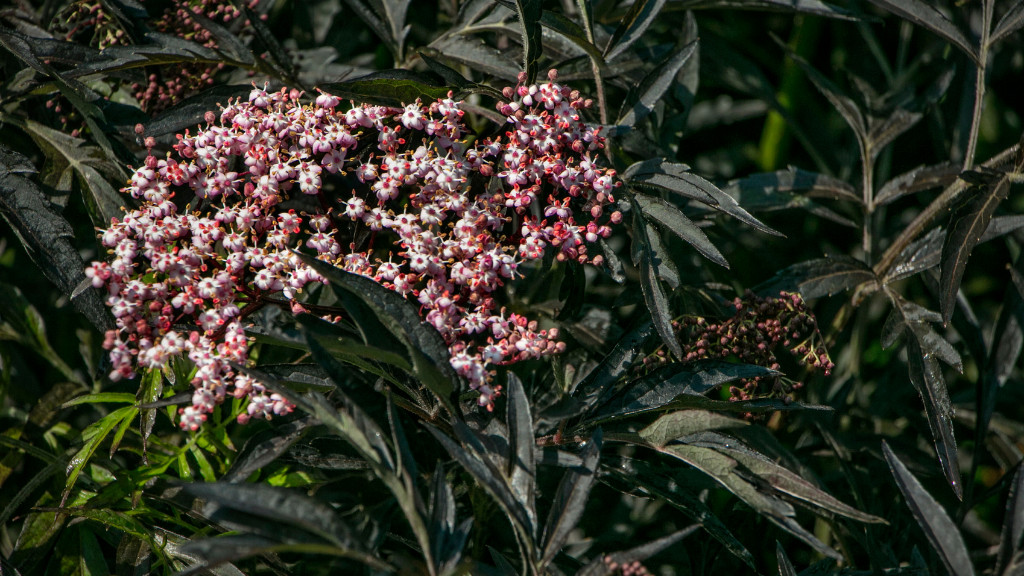
- Species Information: This tree belongs to the Sambucus nigra “Black Lace” species.
- Growing Conditions: Ideal for USDA zones 3 to 9. Prefers moist, well-draining neutral soils.
- Appearance: Features intense shades of purplish-black leaves and delicate pink flowers that bloom in spring.
- Common Pests: Susceptible to tomato ringspot, fungal canker, and powdery mildew.
- Associated Issues: Berries are toxic to humans and animals, and the plant can be invasive in some areas.
The Black Lace Elderberry is a garden showstopper with its intricate, dark leaves and contrasting pink flowers. It’s a cold-hardy plant that’s relatively easy to grow, but be cautious—its berries are toxic.
Purple-leaf Sand Cherry
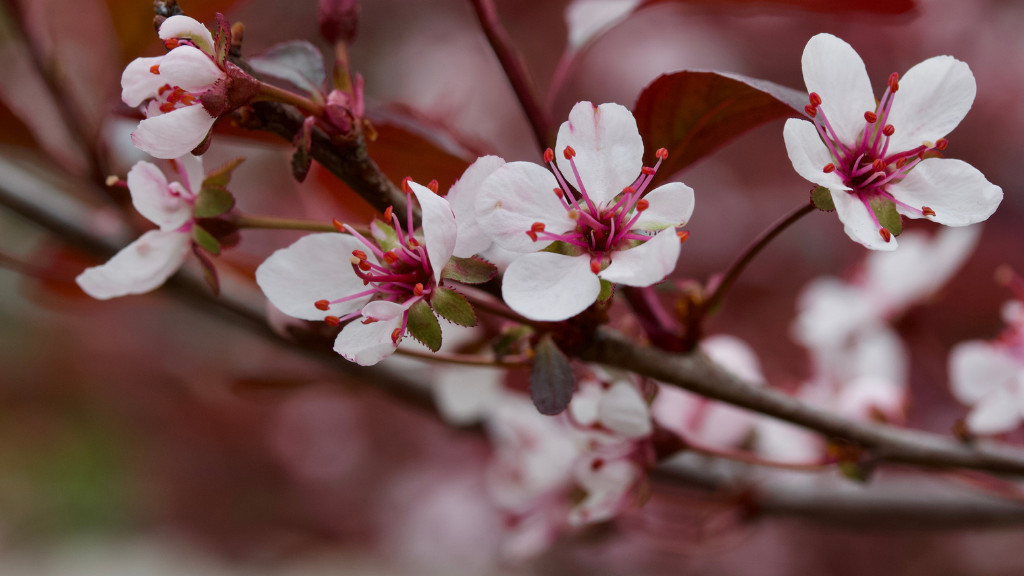
- Species Information: Known scientifically as Prunus X cistena.
- Growing Conditions: Thrives in USDA zones 2 to 8. Prefers moist, well-draining acidic to neutral soil.
- Appearance: Dark inky leaves that are purplish-black, maturing to heights of 6 to 10 feet.
- Common Pests: Watch out for peach tree borer, scale, and aphids.
- Associated Issues: Leaves and seeds contain small amounts of hydrogen cyanide, a toxin common to many in the Rosaceae family.
The Purple-leaf Sand Cherry is a striking tree with dark leaves and small purple fruits. It’s not just a pretty face; it’s also important to wildlife, providing some animals with their daily food requirements. However, it’s essential to note that the leaves and seeds contain toxins, so handle them with care.
Baneberry
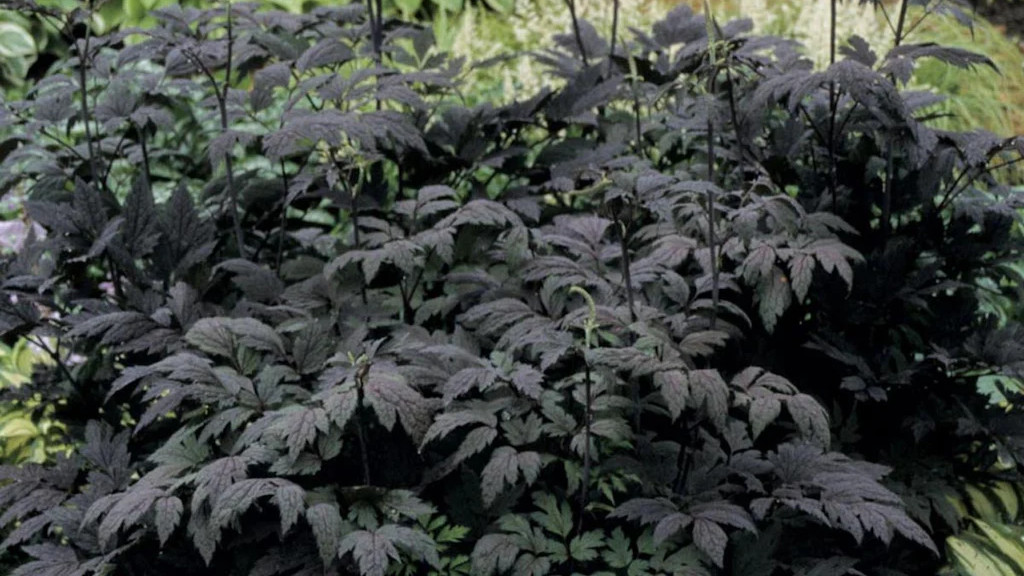
- Species Information: Known as Actea simplex “Brunette.”
- Growing Conditions: Ideal for USDA zones 3 to 8. Prefers moist, well-draining neutral soils.
- Appearance: Leaves start off as emerald green before maturing into dark purple colors that are nearly black.
- Common Pests: Rust and leaf spot are common issues.
- Associated Issues: All parts of this plant are toxic once ingested.
Baneberry is a unique plant that undergoes a fascinating color transformation. Its leaves start as a vibrant green and mature into a dark, almost black shade. The plant also features slender white bottlebrush flowers that add to its allure. However, all parts of the Baneberry are toxic, so it’s crucial to keep it out of reach of children and pets.
Ninebark
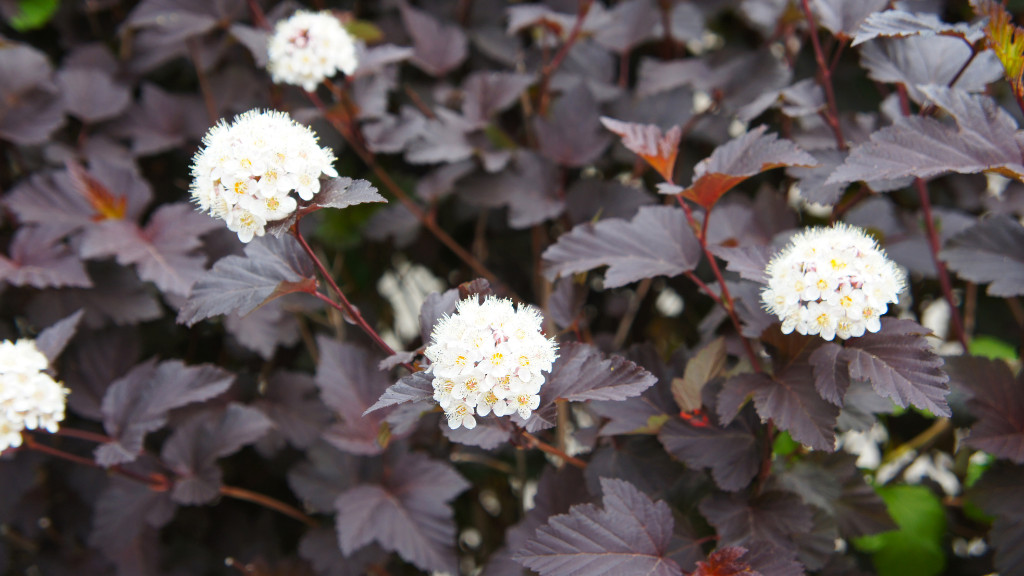
- Species Information: This tree is known as Physocarpus opulifolius.
- Growing Conditions: Thrives in USDA zones 2 to 8. Prefers moist, well-draining neutral soils.
- Appearance: Features peeling, flaking bark and leaves that can range from green to dark black, depending on the cultivar.
- Common Pests: Aphids and powdery mildew are common issues.
- Environmental Concerns: There are no reports of this plant being invasive or toxic.
Ninebark is a tree that offers more than just beautiful foliage; its unique cottonwood look-alike flowers add an extra layer of interest. If you’re looking for a tree with dark leaves, consider cultivars like “Diablo,” “Tiny Wine,” or “Center Glow.” Ninebark is a versatile tree that can make your garden more magical without posing any health risks.
Helmond Pillar Barberry
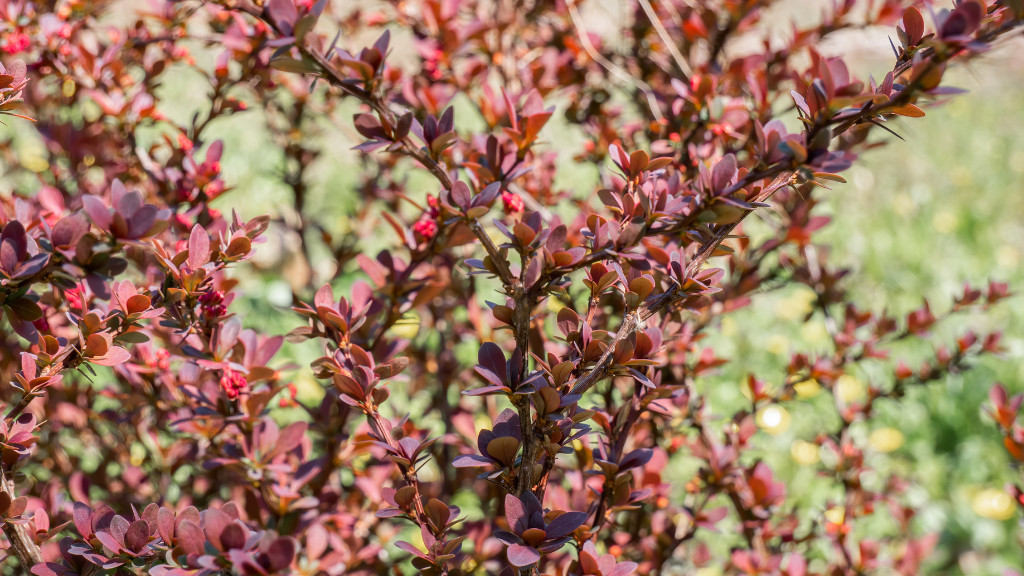
- Species Information: Known scientifically as Berberis thunbergii.
- Growing Conditions: Ideal for USDA zones 4 to 8. Prefers moist, well-draining neutral to acidic soils.
- Appearance: Leaves range from green to purple-black, depending on the season.
- Common Pests: Aphids, scales, and barberry webworms are common pests.
- Associated Issues: This plant is moderately toxic to humans and animals and is considered highly invasive in many regions.
Helmond Pillar Barberry is a tall shrub that can also be considered a small tree. Its leaves change colors with the seasons, offering a dynamic display throughout the year. However, it’s crucial to note that this plant is both toxic and invasive, so it may not be the best choice for all gardens.
Purple Copper Beech Tree
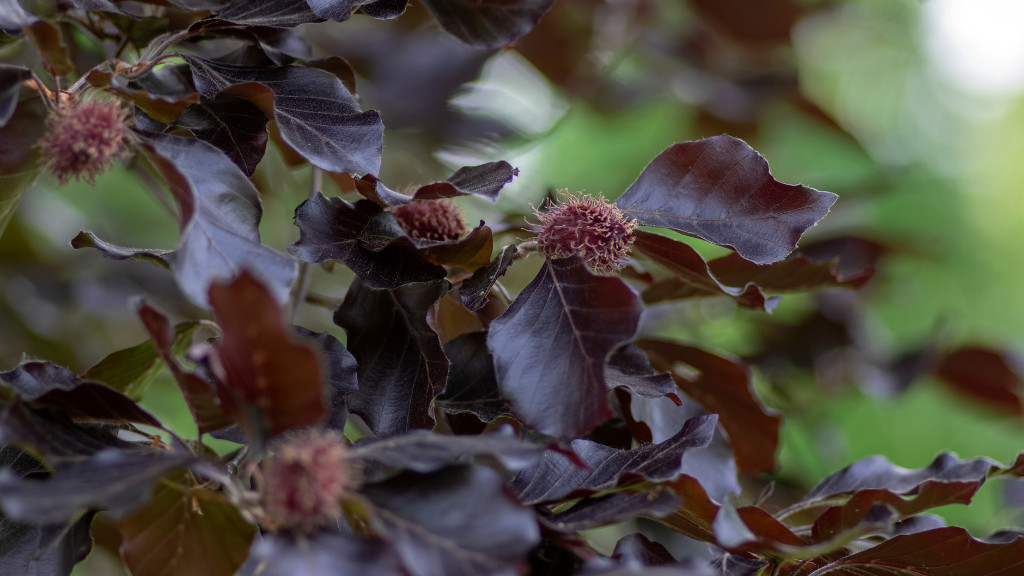
- Species Information: This tree belongs to the Fagus sylvatica var purpurea species.
- Growing Conditions: Thrives in USDA zones 4 to 8. Prefers moist, well-draining neutral to acidic soils.
- Appearance: Starts with purple-black leaves in spring that slowly turn green in summer. Can grow to heights of 60 to 80 feet.
- Common Pests: Beech leaf disease caused by nematodes and aphids are common issues.
- Environmental Concerns: There are no known reports of this plant being invasive or toxic.
The Purple Copper Beech Tree is a large, deciduous tree perfect for those looking to make a grand statement in their garden. Its leaves undergo a color transformation from spring to fall, providing year-round interest.
Why Tree Leaves Turn Black?
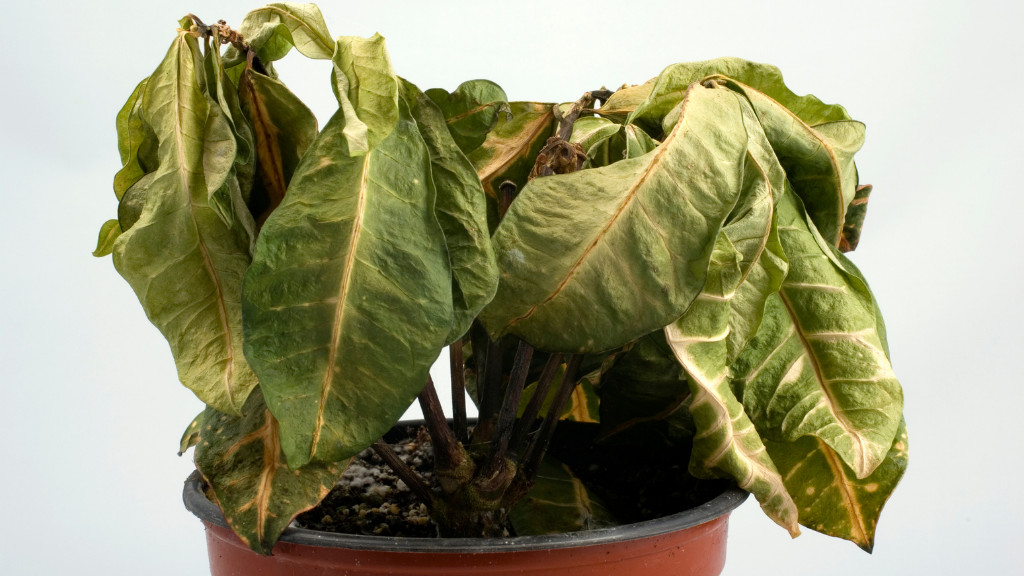
Before diving into specific reasons, it’s essential to understand that leaves turning black is generally a sign of stress or disease in a tree. Various factors can contribute to this, such as fungal infections, pests, and environmental stressors.
Unhealthy trees and their symptoms
- Fungal Infections: Look for black spots or a powdery substance on leaves.
- Pest Infestations: Aphids and spider mites can cause leaves to darken and curl.
- Environmental Stress: Overwatering or poor drainage can lead to root rot, causing leaves to turn black.
Unhealthy trees often exhibit symptoms that go beyond just black leaves. You might notice stunted growth, a lack of flowering, leaf galls, or even branch dieback. These are all signs that your tree is struggling and needs attention.
Measures to prevent leaves from turning black
- Proper Watering: Ensure you’re not overwatering or underwatering your tree.
- Fertilization: Use a balanced fertilizer to provide essential nutrients.
- Regular Inspections: Keep an eye out for early signs of pests or disease.
Prevention is always better than cure. Regular maintenance like proper watering and fertilization can go a long way in keeping your tree healthy. Additionally, regular inspections can help you catch any issues before they escalate, allowing for more effective treatment.
Recognizing and treating infected trees
- Visual Inspection: Regularly check leaves and bark for signs of disease or pests.
- Consult an Expert: If you’re unsure of the issue, consult a certified arborist for a diagnosis.
- Treatment: Depending on the issue, treatments can range from pesticide sprays to pruning infected areas.
If you notice your tree’s leaves turning black, it’s crucial to act quickly. A visual inspection can often help you identify the problem, whether it’s a pest infestation or a fungal disease. Consulting an expert can provide a precise diagnosis and treatment plan, which may include pesticide sprays, pruning, or even tree removal in extreme cases. However, there are still cases that trees that do not have leaves so you should find out what types of trees you are growing first.
FAQs
Do pin oak tree leaves turn black in the fall?
Short Answer: Generally, no. Pin oak tree leaves usually turn shades of red or brown in the fall.
Pin oak trees, known scientifically as Quercus palustris, typically showcase a beautiful array of red or brown leaves in the fall. While it’s uncommon for the leaves to turn black, it could happen due to specific diseases or environmental stressors. If you notice black leaves on your pin oak tree, it’s advisable to consult an expert for diagnosis and treatment.
The phenomenon of maple leaves turning black
Short Answer: Maple leaves can turn black due to fungal diseases like tar spots or sooty mold.
Maple trees are susceptible to various diseases that can cause their leaves to turn black. One common culprit is tar spot, a fungal disease that manifests as black spots on the leaves. Another is sooty mold, which forms a black coating on the leaf surface. Both conditions are generally not fatal but can weaken the tree over time if not addressed.
Understanding how leaf buds turn black
Short Answer: Leaf buds can turn black due to frost damage or fungal infections.
When leaf buds turn black, it’s often a sign of stress or disease. Frost damage is a common cause, especially in early spring when new buds are vulnerable to cold temperatures. Fungal infections like botrytis can also lead to blackening of leaf buds. If you notice this phenomenon, it’s essential to identify the cause and treat it promptly to ensure the tree’s long-term health.
Can fruit trees exhibit black leaves?
Short Answer: Yes, fruit trees can develop black leaves due to diseases or pests.
Fruit trees are not immune to the issues that can cause leaves to turn black. Diseases like fire blight or bacterial canker can affect fruit trees like apples and cherries, leading to blackened leaves. Pests such as aphids can also cause leaves to curl and darken. If you notice black leaves on your fruit trees, immediate action is needed to identify and treat the issue.
Is there a type of tree that is inherently black?
Short Answer: No, there are no tree species where the leaves are naturally black.
While there are trees with dark purple or deep red leaves that may appear almost black, there are no known tree species with inherently black leaves. Most trees with dark foliage are cultivars bred for their unique leaf color. If you’re interested in a tree that has leaves that appear almost black, consider options like the Black Lace Elderberry or the Purple Copper Beech Tree.
What is the significance of plants with black leaves?
Short Answer: Black leaves can add contrast and visual interest in a garden but may also indicate health issues in a plant.
Just like pink leaves, plants with dark or black leaves are often good contrasting pieces in a garden setting, making them popular choices for landscaping. However, it’s crucial to differentiate between plants that are bred to have dark leaves and those that develop black leaves due to health issues. The latter is usually a sign of stress or disease and requires immediate attention.

